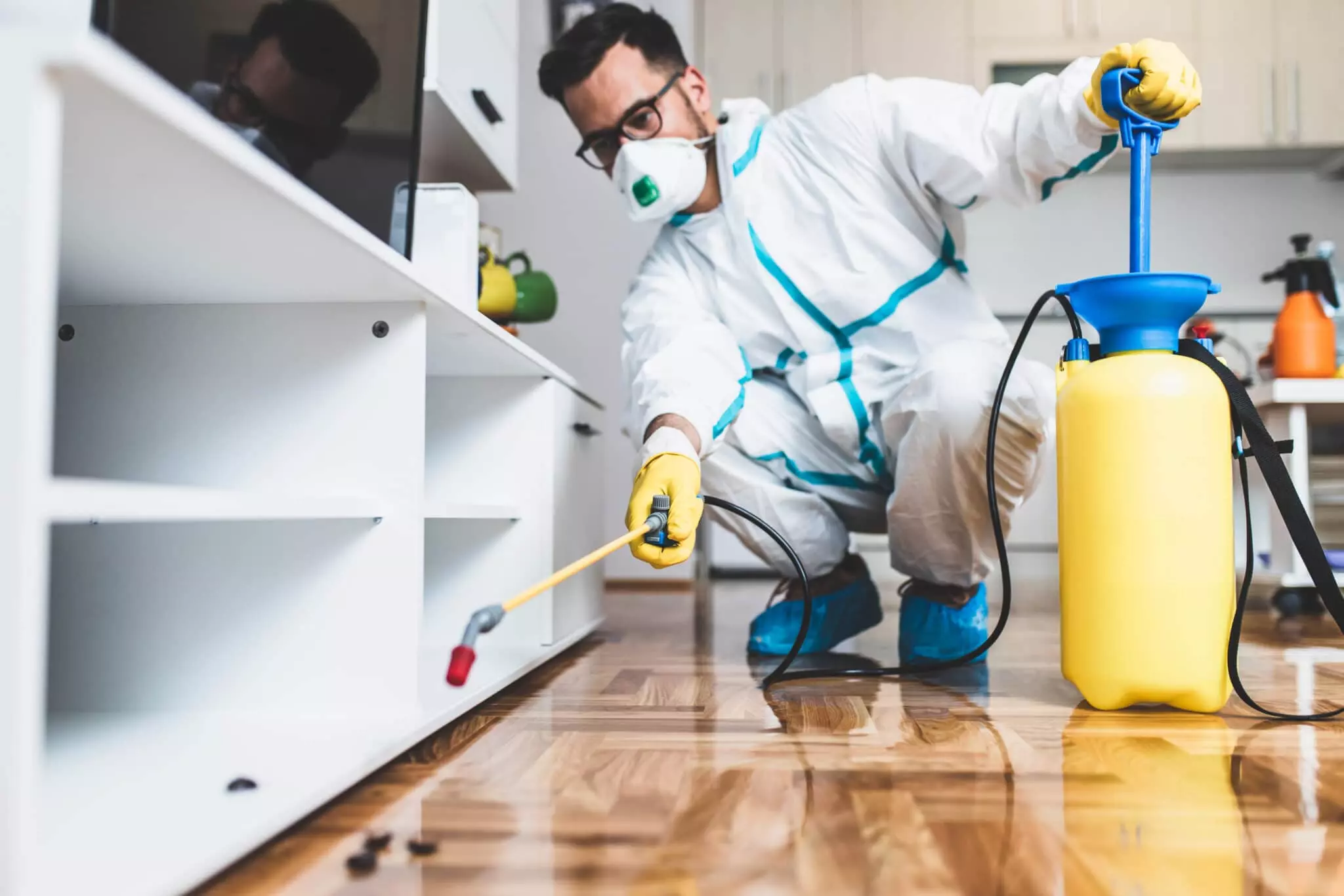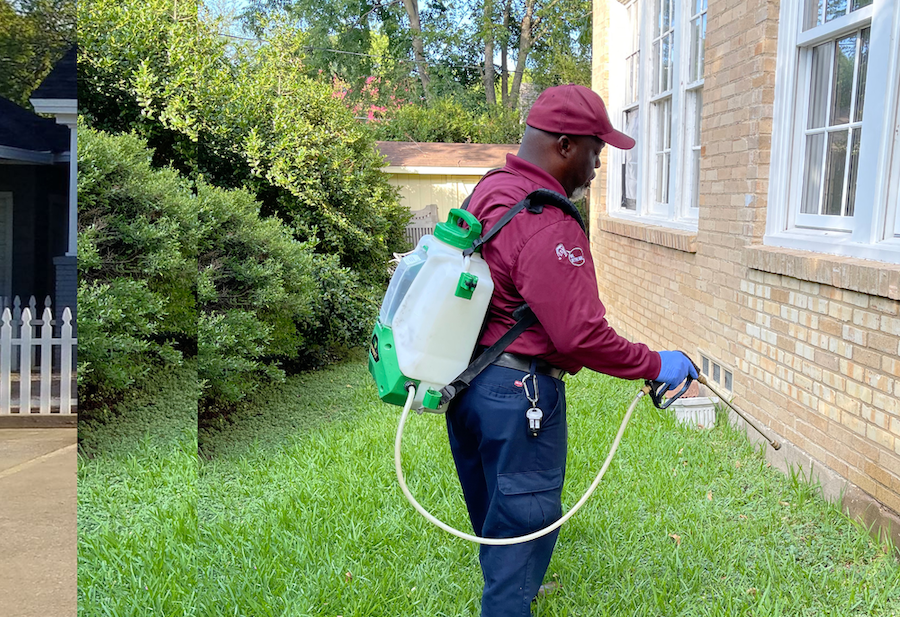EZ Bed Bug Exterminator Washington DC - Specialist Elimination Providers
EZ Bed Bug Exterminator Washington DC - Specialist Elimination Providers
Blog Article
Deep Dive Into Bed Insect Therapy Methods: Which Strategy Functions Finest for Various Invasions?
In the fight against bed bug invasions, the selection of treatment approach can considerably affect the end result. With various strategies readily available, from chemical treatments to warm and heavy steam techniques, identifying the most efficient remedy for various infestations is necessary. Each approach features its own set of advantages and restrictions, affecting variables such as the severity of the infestation, the type of setting, and the resources available. By checking out the nuances of each treatment option and understanding exactly how they line up with particular invasion situations, one can make enlightened choices to deal with these durable bugs successfully.
Chemical Therapies
Chemical treatments are commonly used in the professional removal of bed bugs as a result of their efficiency in targeting and eliminating infestations (EZ washington dc pest control). These treatments include the application of pesticides, which are specifically formulated to eliminate bed bugs at different phases of their life cycle. Professionals generally utilize a mix of residual pesticides, contact sprays, and insecticidal dirt to make certain extensive coverage and resilient impacts

Insecticidal dirt is one more important element of chemical treatments, as it can be infused right into hard-to-reach locations where bed pests might hide, such as wall spaces and electric outlets. This approach makes sure that even the most evasive bed insects are reached and eradicated, leading to even more effective therapy results.
Heat Therapy
Using heat therapy is a non-chemical technique that has shown encouraging results in efficiently removing bed insect infestations. This approach includes raising the temperature within the ravaged area to degrees that are dangerous to bed insects, usually in between 117 to 122 levels Fahrenheit. The heat permeates into splits, crevices, and furnishings where bed insects conceal, making certain a much more complete removal contrasted to some chemical treatments.
Among the essential benefits of heat therapy is its capacity to eliminate bed insects at all life phases, consisting of eggs, nymphs, and grownups. Unlike some chemical pesticides that might not always work against eggs, warm therapy provides an extra comprehensive remedy. Additionally, warm therapy does not leave behind any type of chemical deposits, making it a safer option for individuals with level of sensitivities or concerns regarding chemical direct exposure.
However, it is vital to note that warm therapy calls for specialized devices and experienced professionals to guarantee appropriate implementation. Improper heat distribution can cause some areas not reaching the required temperature level for elimination, leading to prospective therapy failures. Regardless of this, when done properly, warmth treatment can be an extremely efficient technique for getting rid of bed pest problems.
Vapor Therapy
Having actually checked out the efficacy of heat therapy in combating bed insect invasions, another non-chemical method that necessitates focus is steam treatment. Vapor therapy involves using vapor makers to provide intense warmth directly to bed bug-infested locations, effectively eliminating bed insects whatsoever phases of advancement, including eggs. The heats created by heavy steam penetrate right into read review holes and fractures where bed pests conceal, guaranteeing a more comprehensive eradication contrasted to some other approaches.
One of the vital benefits of steam therapy is its non-toxic nature, making it a secure option for houses with people, animals, or youngsters conscious chemicals. EZ bed bug exterminator dc. In addition, steam therapy can be specifically helpful in circumstances where chemical treatments might not be efficient or suitable, such as in locations with chemical resistance or for environmentally conscious individuals looking for greener choices
While steam treatment can be extremely efficient when effectively used, it is necessary to adhere to manufacturer guidelines to guarantee security and make the most of results. Routine surveillance and retreatment might be essential to completely get rid of bed bug invasions utilizing vapor therapy.
Vacuuming and Cleansing
For reliable bed pest control and avoidance, comprehensive vacuuming and precise cleaning of plagued locations are necessary actions in the obliteration procedure. Vacuuming is a crucial method to literally get rid of bed pests, their eggs, and larvae from numerous surface areas in the plagued atmosphere. Utilizing a vacuum with a strong suction power and a nozzle add-on can aid get to into fractures and crevices where bed pests may hide. It is very important to vacuum not just floors yet likewise cushioned furnishings, bed mattress, box springtimes, and drapes where bed insects typically take sanctuary - EZ bed bug exterminator dc.
In addition to vacuuming, detailed cleaning of ravaged areas is vital to check my reference remove bed insect concealing spots and lower their numbers. Cleaning entails scrubbing surfaces with a rigid brush to dislodge eggs and vacuuming up the debris. Warm water and detergent can be utilized to tidy bed linen, apparel, and other cleanable things to kill bed bugs and eliminate any kind of eggs present. Routine cleansing and decluttering can help stop bed pest infestations and preserve a pest-free setting.
Integrated Bug Monitoring
In dealing with bed insect problems, a thorough approach that includes different approaches and strategies, consisting of Integrated Pest Management (IPM), is vital for long-lasting control and avoidance. IPM is a reliable and lasting approach that combines multiple tactics to address insect issues while reducing dangers to human health and wellness and the atmosphere. This technique includes complete assessment, monitoring, and the application of a tailored therapy plan based on the particular invasion qualities.
Integrated Insect Management for bed bugs usually includes a combination of non-chemical methods such as vacuuming, warmth therapy, sealing cracks and crevices, laundering plagued items, and making use of bed mattress encasements. Additionally, targeted pesticide application may be employed along with various other techniques to manage bed pest populations efficiently. Regular follow-up examinations and monitoring are critical elements of IPM to guarantee the success of the therapy and stop future infestations. By taking on an Integrated Bug Management strategy, people and pest control experts can accomplish long-lasting and lasting cause regulating bed bug problems.
Final Thought

In spite of this, when done correctly, warmth treatment can be an extremely effective technique for removing bed insect problems.
Having checked out the efficiency of warm therapy in combating bed bug invasions, another non-chemical technique that necessitates interest is vapor therapy. Steam therapy entails using heavy steam equipments to deliver extreme warmth straight to bed bug-infested locations, successfully eliminating bed bugs at all stages of advancement, consisting of eggs.In conclusion, the most effective bed insect therapy approach depends on the seriousness of the invasion. Chemical therapies are commonly used for moderate invasions, while warmth therapy is recommended for severe situations.
Report this page